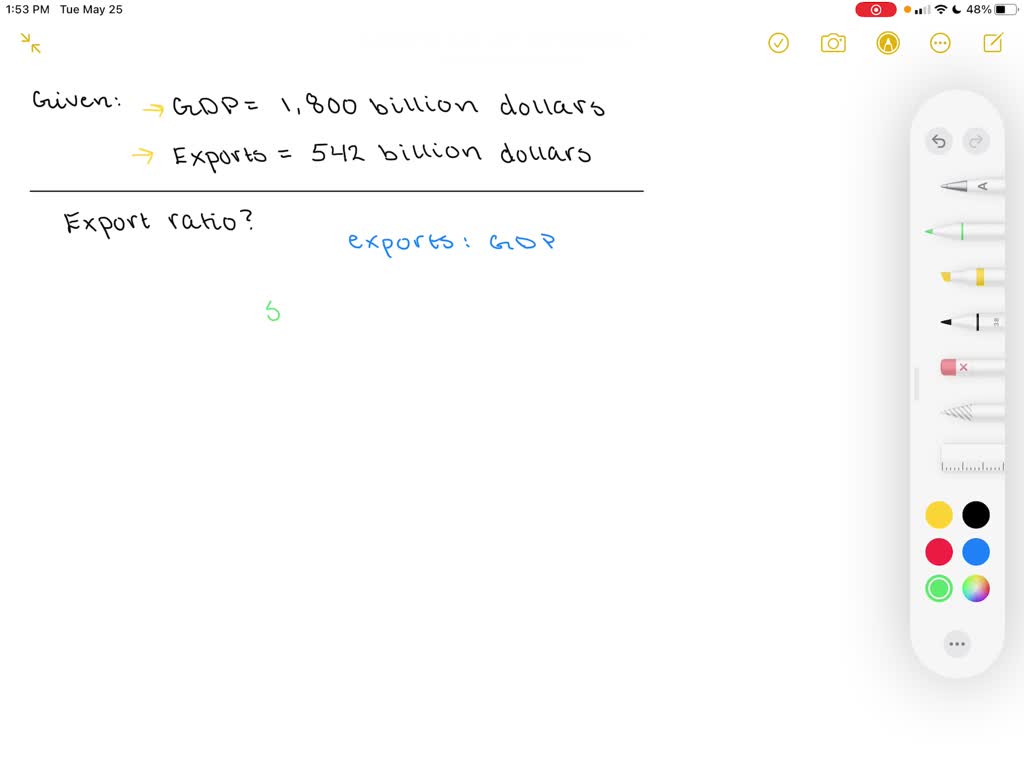How Much Should You Spend On A Watch? A Practical Guide

Table of Contents
Defining Your Budget: What Can You Afford?
Before diving into the dazzling world of horology, it's crucial to define your budget. Spending wisely on a watch means aligning your purchase with your overall financial goals.
Assessing Your Financial Situation
Before you even browse watch catalogs, honestly assess your financial situation. This isn't about restricting yourself; it's about responsible spending.
- Consider existing debts: High-interest debts should be prioritized over discretionary purchases like watches.
- Review your savings: How much disposable income do you have after essential expenses?
- Analyze your monthly expenses: Track your spending to understand where your money goes.
- Calculate your disposable income: This is the amount left after essential expenses and debt payments. This is the realistic pool of funds for your watch purchase.
Several budgeting apps and tools can assist you in this process, helping you visualize your finances and create a realistic budget. Mint, YNAB (You Need A Budget), and Personal Capital are popular choices.
Setting Realistic Expectations
Avoid impulsive purchases! A stunning watch might tempt you, but remember to prioritize needs over wants.
- Needs vs. Wants: Is a luxury watch a necessity, or a desirable luxury?
- Long-term value: Consider how often you'll wear the watch and its overall durability.
- Potential resale value: Some watches retain their value better than others.
For example, a $500 watch might seem expensive, but if it's within your budget and you'll wear it daily for years, it might be a better value than a $100 watch you rarely use.
Types of Watches and Their Price Ranges
The price of a watch varies dramatically depending on its type, materials, and features.
Quartz vs. Mechanical Watches
The most fundamental distinction lies between quartz and mechanical watches.
- Quartz watches: These are generally more affordable, highly accurate, and require minimal maintenance. Prices range from under $50 to several hundred dollars, depending on brand and features.
- Mechanical watches: These offer a higher price point, reflecting their intricate craftsmanship and the precision engineering involved. They can range from a few hundred dollars to tens of thousands, or even millions, for luxury models. The added cost reflects the complexity of the movement, the quality of the materials, and often, the brand's heritage.
Materials and Features
The materials used and the watch's features significantly impact its price.
- Materials: Steel is a common and relatively affordable material. Titanium is lighter and more resistant to scratches, commanding a higher price. Gold, platinum, and other precious metals dramatically increase the cost.
- Features: Complicated movements such as chronographs (stopwatches), moon phase indicators, and perpetual calendars add significant cost. Water resistance also influences price; higher water resistance requires more robust construction.
Considering the Long-Term Value: Resale and Appreciation
While a watch is primarily a time-telling instrument, it can also hold or even appreciate in value over time.
Investment Potential
Certain watches, particularly those from established luxury brands or limited editions, have the potential to retain or even increase in value.
- Brands known for value retention: Rolex, Patek Philippe, Audemars Piguet, and Omega are frequently cited for their strong resale value.
- Factors affecting resale value: The watch's condition (scratches, original box and papers), its popularity, and overall market trends all influence its resale price.
Resale Marketplaces
If you're considering the potential for resale, familiarize yourself with reputable marketplaces for buying and selling pre-owned watches.
- Online platforms: eBay, Chrono24, and Watchfinder are popular choices.
Conclusion
Determining how much you should spend on a watch involves careful consideration of your financial situation, the type of watch you desire, and its potential long-term value. Setting a realistic budget, understanding the price differences between quartz and mechanical watches, and acknowledging the impact of materials and features are all crucial steps. Considering the resale potential of certain brands can also influence your purchasing decision.
Now that you have a better understanding of the factors influencing watch prices, you can confidently determine how much you should spend on a watch. Start exploring your options today! For further guidance on watch selection and purchasing, consider exploring reputable online resources and watch retailers.

Featured Posts
-
 New Sesame Street Song Sza And Elmo Share A Message Of Thanks
May 27, 2025
New Sesame Street Song Sza And Elmo Share A Message Of Thanks
May 27, 2025 -
 Abd Nin Ekonomik Politikalarina Avrupa Merkez Bankasi Nin Sert Yaniti
May 27, 2025
Abd Nin Ekonomik Politikalarina Avrupa Merkez Bankasi Nin Sert Yaniti
May 27, 2025 -
 Almanacco Di Lunedi 10 Marzo Cosa Accadde Oggi
May 27, 2025
Almanacco Di Lunedi 10 Marzo Cosa Accadde Oggi
May 27, 2025 -
 Almanacco Del 20 Maggio Compleanni Santo Del Giorno E Proverbio
May 27, 2025
Almanacco Del 20 Maggio Compleanni Santo Del Giorno E Proverbio
May 27, 2025 -
 Cbss Tracker Season 3 Premiere Date And Viewing Details
May 27, 2025
Cbss Tracker Season 3 Premiere Date And Viewing Details
May 27, 2025
Latest Posts
-
 Alcaraz Claims Monaco Crown After Thrilling Rally
May 30, 2025
Alcaraz Claims Monaco Crown After Thrilling Rally
May 30, 2025 -
 Via Rail Paid Quebec Firm 330 K For High Speed Rail Marketing
May 30, 2025
Via Rail Paid Quebec Firm 330 K For High Speed Rail Marketing
May 30, 2025 -
 Travelers Canada Sold To Definity For 3 3 Billion
May 30, 2025
Travelers Canada Sold To Definity For 3 3 Billion
May 30, 2025 -
 Carlos Alcaraz Monte Carlo Champion
May 30, 2025
Carlos Alcaraz Monte Carlo Champion
May 30, 2025 -
 Carlos Alcarazs Monaco Triumph A Hard Fought Victory
May 30, 2025
Carlos Alcarazs Monaco Triumph A Hard Fought Victory
May 30, 2025
